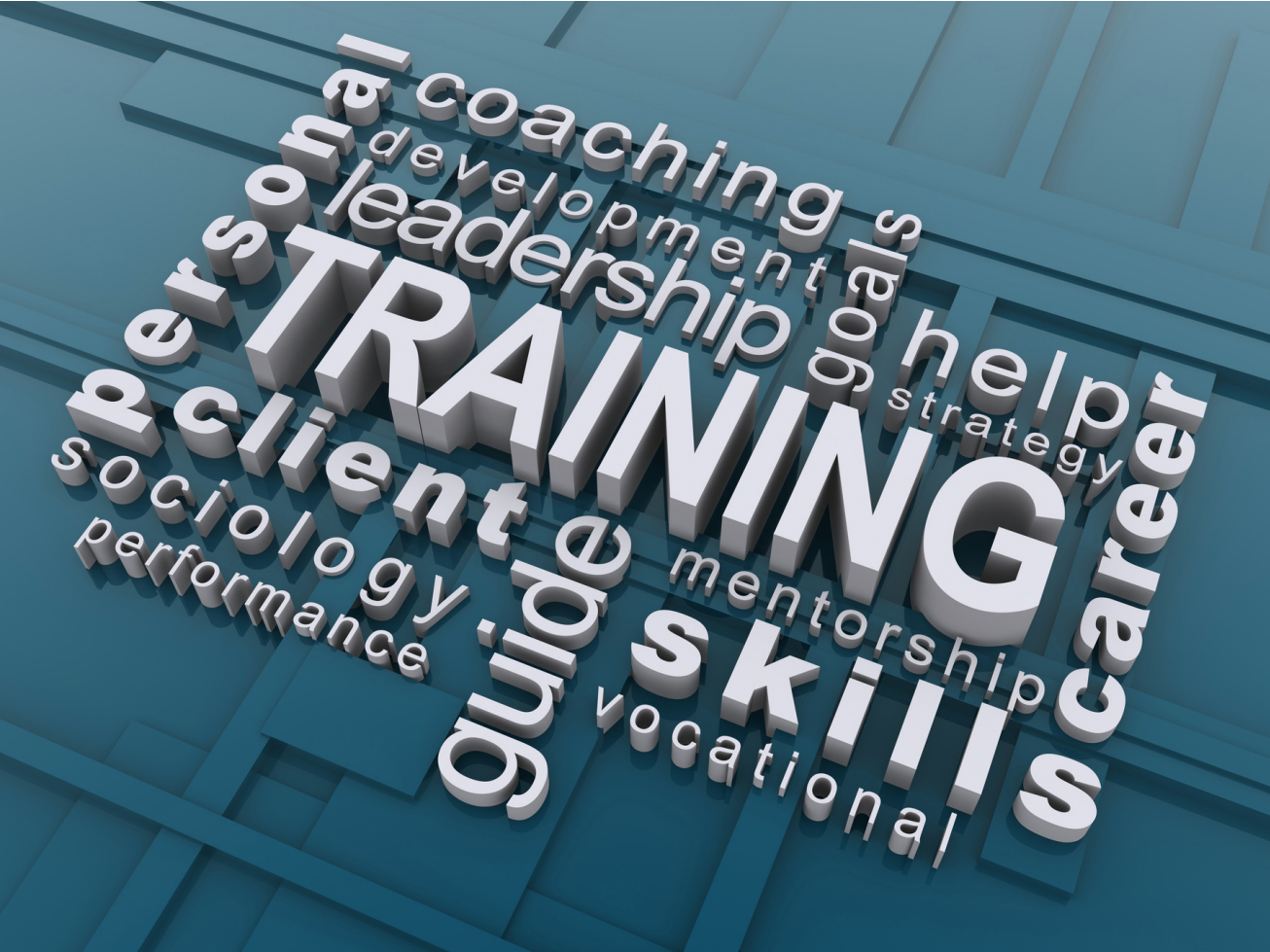Workplace Accommodations
by Rosemary Hollinger
It’s that time when law students are transitioning from the relatively structured life of law school to law firm life, and associates are changing firms. Transitions and change are challenging and even more so when you are feeling the need to succeed either in a summer clerkship or in a new position. There are things that both you and the law firm can do to ease the transition and accommodate your ADHD.
Most firms do not provide disability services. This means you don’t have anyone you can go to who is responsible to see that you get all the reasonable accommodations you need. Consequently, you may need to either advocate for yourself or make your own accommodations. In this article, I am going to highlight practices employers and you can implement that will assist you in succeeding. There are dozens of other accommodations you might want to use. There are excellent resources available online for ideas for ADHD accommodations.
In order to receive accommodations from your employer, you have to identify and document your disability. Many legal employers are well-versed in the law, do not stigmatize, and have state-of-the-art systems in place to accommodate the Neuro-diverse employee. Other employers are not so enlightened. Here are four things your employer can do to create a welcoming environment for you:

Accommodations by the Firm
1. Have a rigorous onboarding process. Not everyone has experience working in law offices, and each office has its own idiosyncrasies or unspoken rules. By making these as as clear as possible during the onboarding process, everyone benefits. Verbalize the unspoken rules of the workplace—priorities, how people are expected to behave, business hours, and timekeeping. If there is an ironclad rule about something, say so. The onboarding process should contain live instruction and user-friendly written directions regarding timekeeping, email etiquette, and calendaring. The firm should offer each new employee in-person follow-up instruction on timekeeping and calendaring.
2. Use assignments to identify strengths and interests. The ADHD brain is activated by interest and struggles when bored. When working on tasks that are of interest, lawyers with ADHD can be highly creative and productive. Unfortunately, many associates with ADHD either lack the self-awareness or confidence to articulate their career interests. Consequently, the firm needs to do more than ask. I recommend an ongoing conversation between the firm, mentors, and supervisors to help identify interests, talents, and skills. Sometimes talent and interest don’t align. I think interest trumps talent because skills can be learned but interest can’t be faked. Interest is the key to success. If the ADHD brain is not interested it will have a hard time staying engaged.
3. Provide written instructions for assignments. The more detailed, the better. Step-by-step instructions for new skills or projects will provide structure. The ADHD brain has a love/hate relationship with structure. It thinks it hates structure, but it thrives with a well-thought-out simple structure. Templates and examples of acceptable completed projects will also help focus the Neuro-diverse associate. Instruct the Neuro-diverse employee to save the instructions to use when given similar assignments in the future. Some people with ADHD experience working memory challenges and find that compiling their own written manual or folder with instructions is beneficial.
4. Encourage employees to use flexible schedules—with flexible start and end times. People with ADHD often have sleep problems. Having to appear at the office for an early start time may prove to be difficult. Make sure employees take breaks and lunch hours, and enable exercise during lunches and breaks.

Things You Can Do Yourself
5. Create routines for yourself to recreate the structure you had in school. Have a morning routine that actually begins the night before. A regular sleep schedule with a sufficient amount of sleep helps you wake up well-rested and on time each morning. Your morning routine should allow enough time for hygiene, nutrition, mindfulness practices, and commuting. Your morning routine should also include how you start your workday. Many lawyers find spending the first 30-60 minutes of the day doing timekeeping and responding to emails and calls beneficial. Once you figure out how much time you need in this phase, set a hard stop, or you could find yourself spending the whole day on emails and telephone calls. I used to set my hard stop at 45 minutes by having a standing morning coffee meeting with my closest colleague.
6. Block out your workday. Sometimes people with ADHD can experience difficulties when transitioning from one task to another. This is a good reason to plan your day and block out time to minimize transitions. There are a couple of blocks every day should include, and they can be used to structure your work time.
The blocks I recommend every day include:
- Timekeeping, emails, and calls
- Lunch
- Exercise/Mindfulness/Yoga/Walking
- End of the Day routine.
These four blocks can create hard stops to help you transition between work blocks during your day. The rest of the workday should be work blocks and breaks. Unless you are in hyperfocus mode, I recommend you create 50-minute blocks. That allows 10-minute breaks to recharge by getting coffee, water, snacks, socializing, stretching, taking a yoga pose, etc.
It is particularly helpful to have some time during the day designated as Do-Not-Disturb zones—meaning that you will not be taking phone calls or responding to emails during this time. Some people find it beneficial to move to another physical location during their Do-Not-Disturb time, although, that may not be feasible. At the very least, set your phone and email on settings so that you are not alerted when calls come in or emails arrive.
As you design your workday, take your energy levels into consideration. If you are a morning person, with your most productive time being early in the day, then you might want to start your day early and plan to do your most challenging tasks first. If you are an afternoon person, put that block in the afternoon.
Finally, I recommend that your end of the workday routine include decluttering your work area to eliminate distractions and leaving yourself notes on what you accomplished and what needs to be done for work in progress. (This can be used to facilitate timekeeping the next morning and to help remind you where you are with ongoing projects.) This is also a good time to check your calendar and set out what you need for any morning meetings the next day. (30 minutes)
7. Eliminate Visual and Auditory Distractions—Whether you are working from home or in the office find a quiet workspace without visual distractions. Auditory distractions can be reduced by using noise-canceling headphones, a white noise machine, or playing music in the background. Visual distractions may be handled by moving your desk or chair, decluttering your space, or using visual barriers to block distractions from your line of sight.
8. Ask for stuff. Ask to see acceptable models so you know what the final product is expected to look like. Other things you can ask for include written instructions, a mentor, clarifications if you don’t understand (or remember) something, flexible work schedules, deadlines, and whatever else you reasonably need in order to succeed. Working with an ADHD coach can help you figure out what other supports could assist you in being successful in your new endeavor.
Click to Start Coaching Today
Resource
Here’s another point of view on accommodations in the workplace. The author and I share the belief that job choice is foundational. If you aren’t in a job that ignites your interest, accommodations can never be more than bandaids. But if you are in a job that aligns with your values, you could still face ADHD-related challenges. She offers some other great tips on what she refers to as self-accommodation.
Read Now
Partner Up News
I have recently completed all of the requirements to receive my advanced ADHD coach certification from the ADD Coach Academy. In order to qualify for certification, I had to complete 165 hours of classroom training and pass knowledge assessments for each module, participate in 4 live coaching practicums and observe 12 others, work with a mentor coach for 15 hours, complete a final project (I wrote an article published by the ABA in its Children’s Rights newsletter.), and demonstrate that I have provided at least 200 hours coaching with at least 20 ADHD-impacted clients. I submitted my application for the advanced certification from the ADD Coach Academy and hope to get the certification by the end of the summer. This is the first step toward receiving other certifications from ICF and PAAC. Thank you for your support in working toward these certifications.

Spread the Word
Feel free to forward this newsletter to anyone you know who might benefit from it. Anyone can subscribe to this newsletter by going to www.partnerupcoaching.com


0 Comments